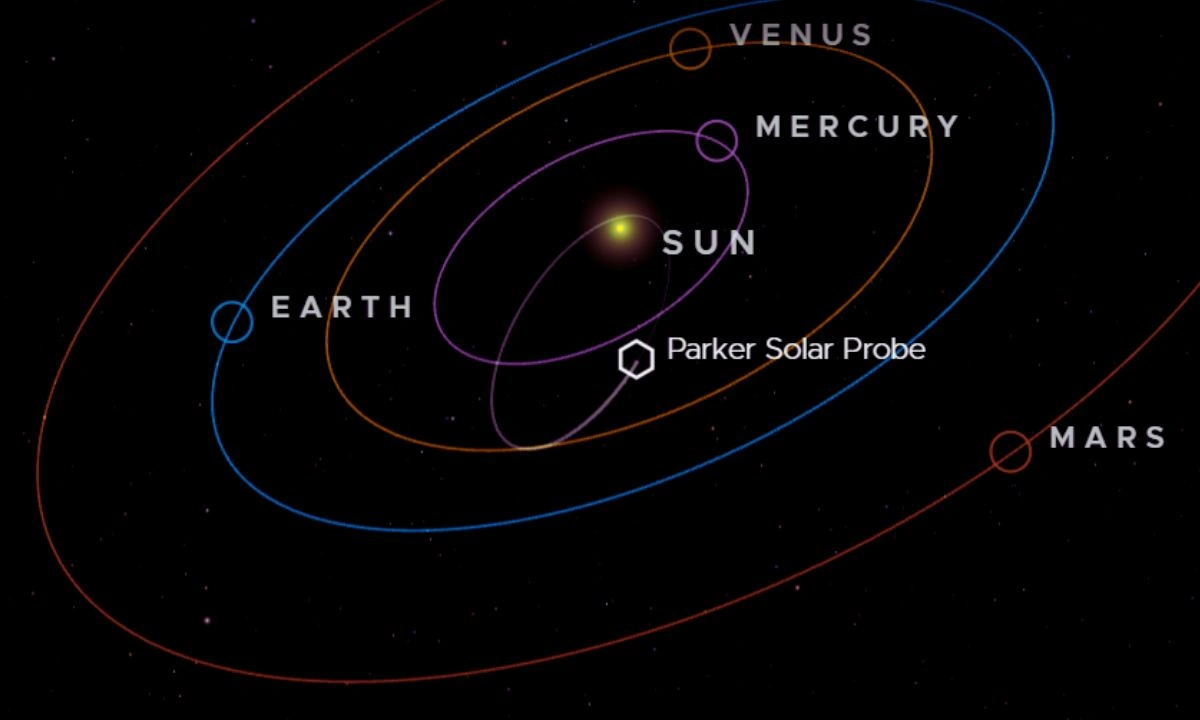Did NASA’s Parker Solar Probe Succeed in Its Closest-Ever Mission to the Sun?

NASA’s Parker Solar Probe successfully completed the closest-ever approach to the Sun.
On December 24, it flew just 3.8 million miles (6.1 million kilometers) from the Sun’s surface. This marked the spacecraft’s entry into the Sun’s outer atmosphere, called the corona. NASA confirmed the probe was “safe” and operating normally.
“Following its record-breaking closest approach to the Sun, NASA’s Parker Solar Probe has transmitted a beacon tone back to Earth indicating it’s in good health and operating normally,” NASA said on their official website.
The Parker Solar Probe is on a mission to learn more about the Sun. It had send the mission-successful-signal back to Earth. The next detailed data will arrive on January 1, according to NASA.
Also Read | Parker Solar Probe’s Historic Christmas Eve Flyby: Closer to the Sun Than Ever Before
The spacecraft was traveling at a speed of 430,000 mph (692,000 km/h) and endured temperatures up to 1,800°F (982°C).
“This close-up study of the Sun allows Parker Solar Probe to take measurements that help scientists better understand how material in this region gets heated to millions of degrees, trace the origin of the solar wind (a continuous flow of material escaping the Sun), and discover how energetic particles are accelerated to near light speed.”
NASA stated.
The probe, launched in 2018, has gradually moved closer to the Sun using Venus flybys to adjust its orbit. This latest pass is the 22nd solar approach.
According to NASA, previous flybys have helped scientist pinpoint the “origins of structures in the solar wind and map the outer boundary of the Sun’s atmosphere.”
Parker’s instruments include a camera to capture images of the corona and tools to measure electric and magnetic fields.
To protect itself, the spacecraft is shielded by a heat-resistant carbon-composite heat shield. This keeps its instruments cool, despite the extreme heat near the Sun.
Also Read | 41 Extra Days of Deadly Heat in 2024: ‘When Risks Become Reality’
The Parker Solar Probe’s closet-ever-to-the-Sun flyby lasted about a week. The team behind the mission (completed on December 24) at Johns Hopkins Applied Physics Laboratory (APL) in Laurel, Maryland, confirmed its success on after receiving the signal just before midnight EST, on the night of Dec. 26.
This flyby is the closest approach to the Sun by any human-made object.






